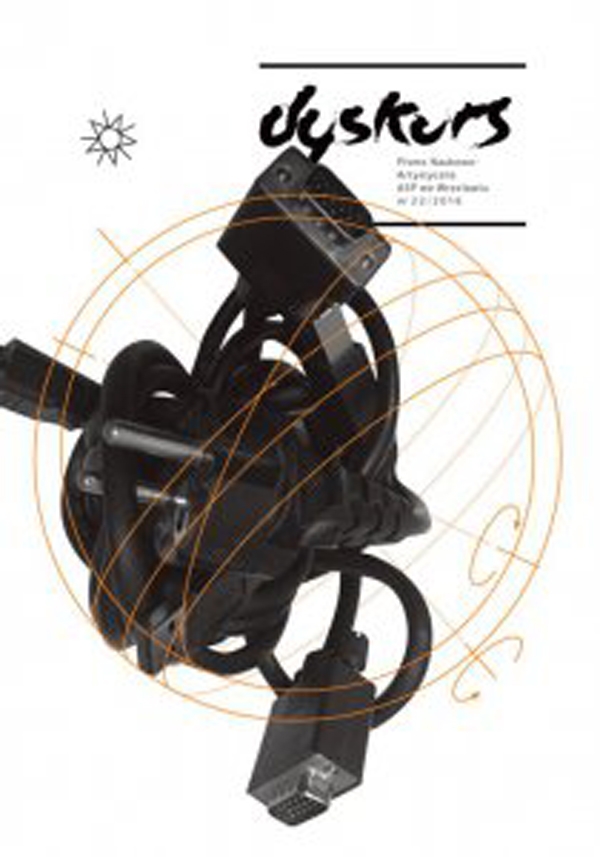Nowoczesność w refleksji nad sztuką
Słowa kluczowe:
avant-garde, neo-avant-garde, modernism, postmodernism, language code, literary artistic code, brand code, artistic sociolect, artistic idiolectAbstrakt
Modernity in reflection on art
The twentieth century has developed three models for describing contemporary art. Three narratives dominated in the 1930’s and the 1940’s: Paris-French, German-Expressionist and avant-garde international. In the 1950’s and the 1960’s, avant-garde-centrist model included two basic phases or formations in the art of the twentieth century. Historical avantgarde period covered the years 1905–1930. Neo-avant-garde lasted from 1955 to 1970. To a pair of avant-garde – neo-avant-garde, some authors add yet proto-avant-garde they considered as the nineteenth century artistic trends leading to the birth of the historical avant-garde – romanticism, realism of Courbet, impressionism, post-impressionism and on the other hand post-avant-garde, or art after the fall of the avant-garde. In the 1980’s and the 1990’s, avant-garde model was superseded by a model operating the opposition modernism - postmodernism. According to that model, the twentieth century art include two cultural and artistic formations: modernist and postmodernist formations. The first experienced its climax around 1910, when abstract art was born; the second in the 1980’s. Modernism and postmodernism can be considered as two codes that define literary artistic codes, but there is a significant difference between them. The modernist code reveals modernist essentialist attitude, the trend of looking for essence, individuality, specificity of art, trying to melt pure art, while postmodernist code refers to the avant-garde and the expanded field of art, focusing on the relationship of art and life.

